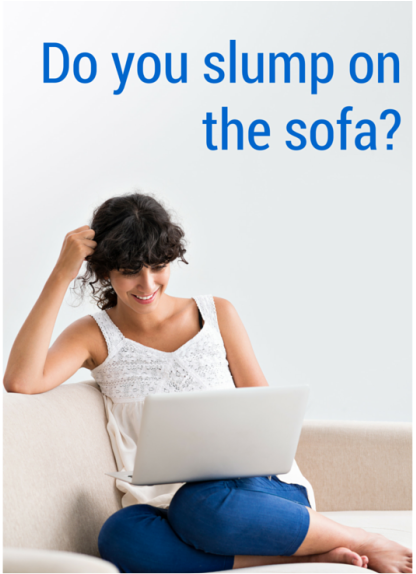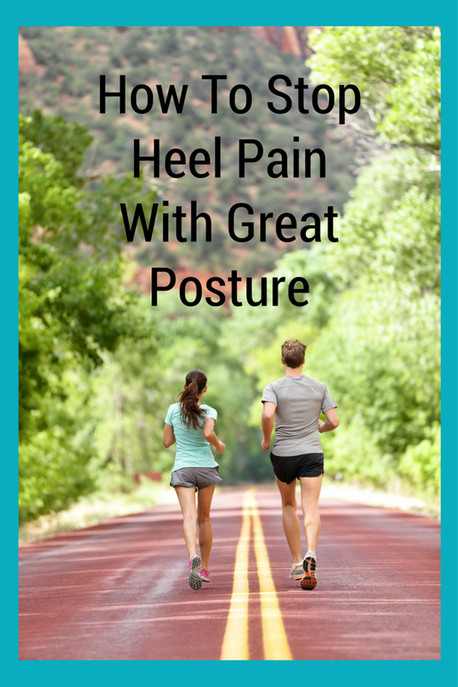 IT'S ALL ABOUT POSTURE Try this little exercise... Stand up now and notice where the pressure is in both of your feet. Is it equal? Is it more towards the balls of your feet or the heels? The outsides or the insides? Now gradually lean forwards without having to take a step, what do you notice about your toes and the muscles in the arches of your feet? They grip the ground and your arches go tight right? Here's another one to try, whilst you're standing notice how your arches in your feet change when you twist your whole body to the right; your right hip rotates outwards and the right arch increases, on the left your hip rotates inwards and your arch flattens. This is a great demonstration of how if the ball and socket joints of your hips are twisting even very slightly at rest the arches in your feet will adapt to compensate and could be the very reason you have one arch that's 'better' than the other. Unfortunately no one's spine is perfectly aligned, we've all had falls as toddlers, sporting injuries or occupational/hobby related postural strains which can cause bones to go out of place in a direction that our bodies cannot fix. If your skeleton is not perfectly balanced and aligned your center of gravity will not be in the optimum position. In most people their weight shifts forwards with a slump-like posture. This forces the body to compensate by twisting the hips, knees and feet and by using muscles (usually down the back of your neck, mid and low back, hamstrings, calves and achilles) to pull tight, just like the guy wires of a tent. The achilles tendons which attach in to the heel bone and blend into the plantar fascia on the soles of our feet become over-worked and tight. Can you see where I'm going with this...? Yup... over time (sometimes years) this altered foot posture and function will lead to pain eventually. That includes achilles tendinitis, plantar fascitis and heel pain etc. Ideally what you want to do is fix the body so that the arch in the foot returns to normal. 3 WAYS TO STOP THE PAIN 1. Firstly look at your posture when you're standing and sitting. When I talk about posture I mean the position your body is in when youre relaxed and are not actively holding your shoulders and head up. Posture is passive, we shouldn't have to work like heck to hold ourselves upright. If you know your posture has altered over the years it will be worth getting in touch with me to discuss how well ABCTM Chiropractic care can help you. 2. Do you sit on a soft sofa or chair to relax? read or use a laptop on your lap? Anything that forces your spine into a C-shape encourages it to slump forwards, and consequently add further tension to your 'guy wires' the best way to check your usual position is to get someone to take a photograph. A result of these prolonged and habitual postures is altered curvature of the spine which is likely to gradually place increasing tension on your heels and foot muscles. 3. The next thing to look at is your footwear. The body needs to be supported appropriately from the ground up at all times. I make a point of addressing how people sit, stand and sleep because these positions cover everything. The flexibility, thickness and contour of the shoe's sole and innersole are essential to get correct. Many shoes have an arch support which may feel comfortable and offer some pain relief however they can compound the structural problem of the body and exacerbate the underlying reason of the foot pain in the first place. In a nutshell you need to find footwear that has a flexible sole, has a wide toe box and has a flat surface for the foot to stand on. I love vivobarefoot shoes for all of the above. For more information regarding how I work and our workshops in clinic, drop me an email. Happy walking and running, Chiro Sarah. Comments are closed.
|
AuthorSarah Bedford Recent PostsCategories
All
|


 RSS Feed
RSS Feed


